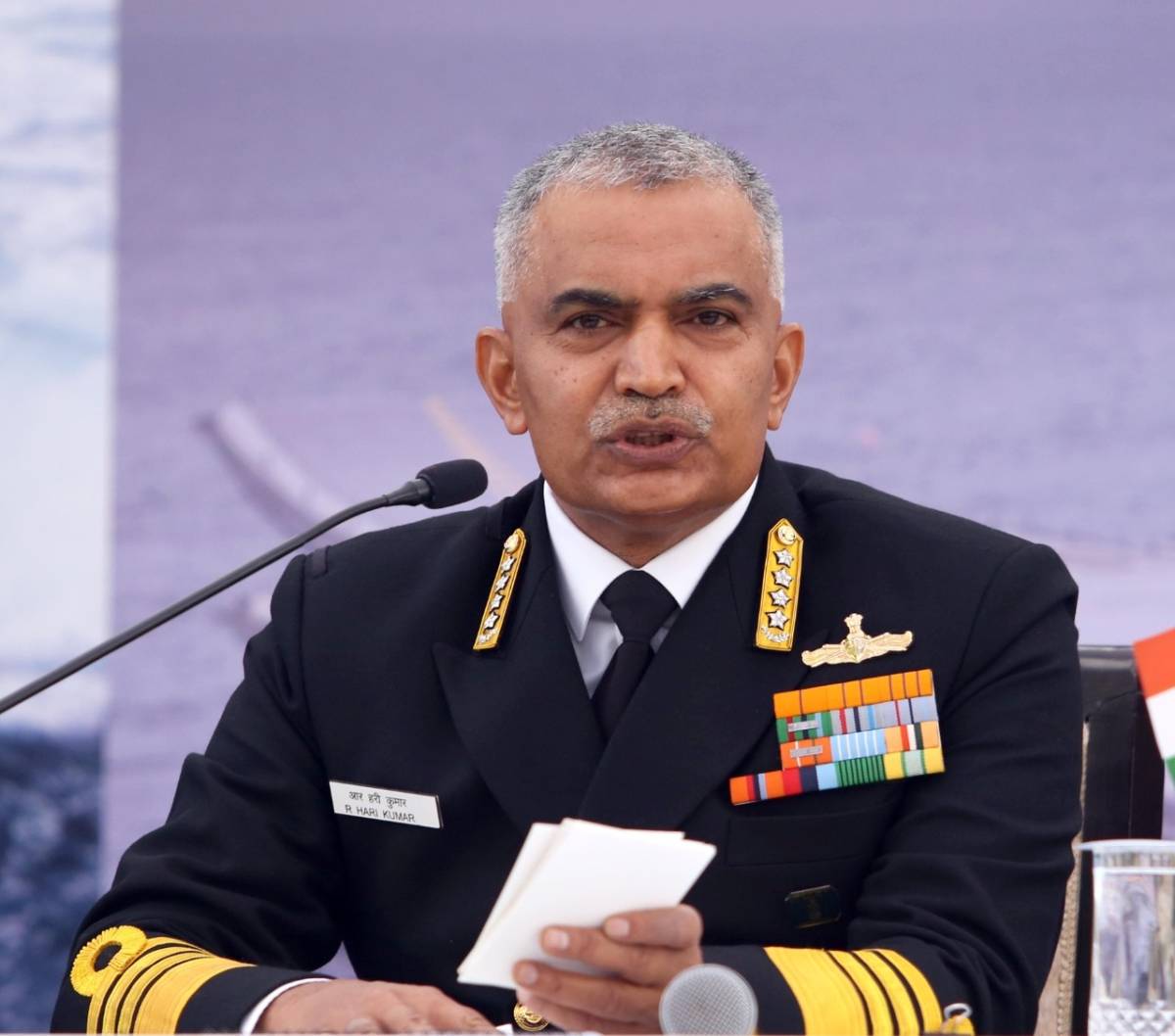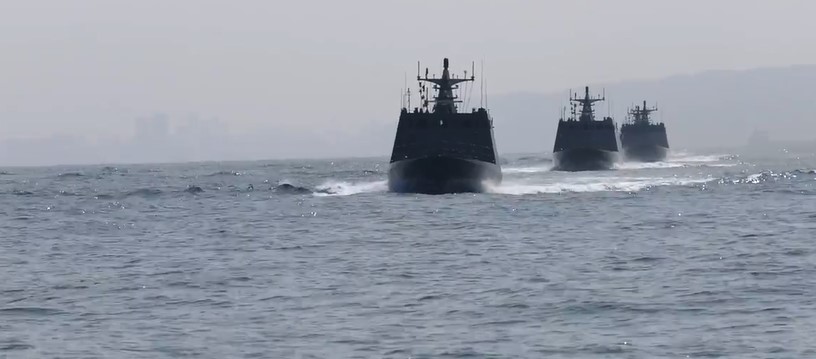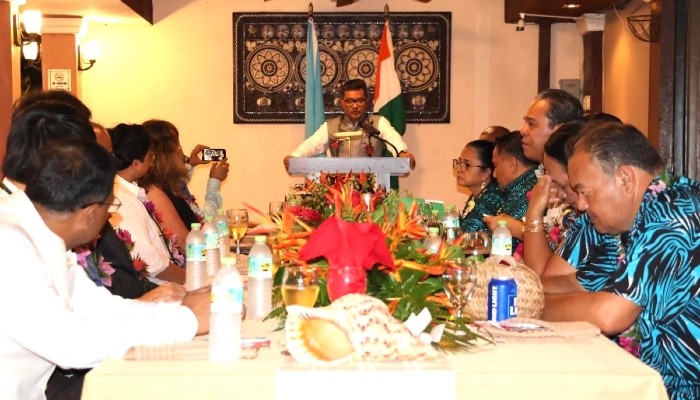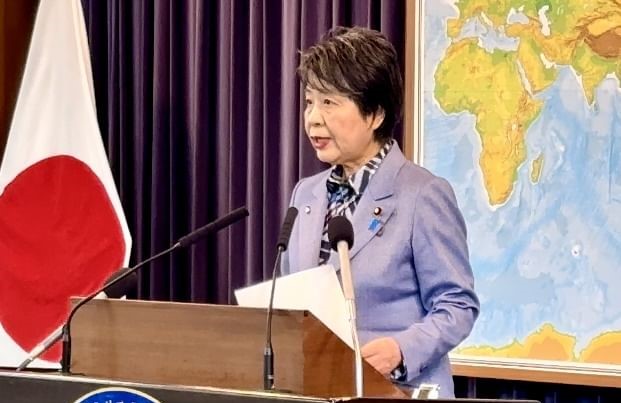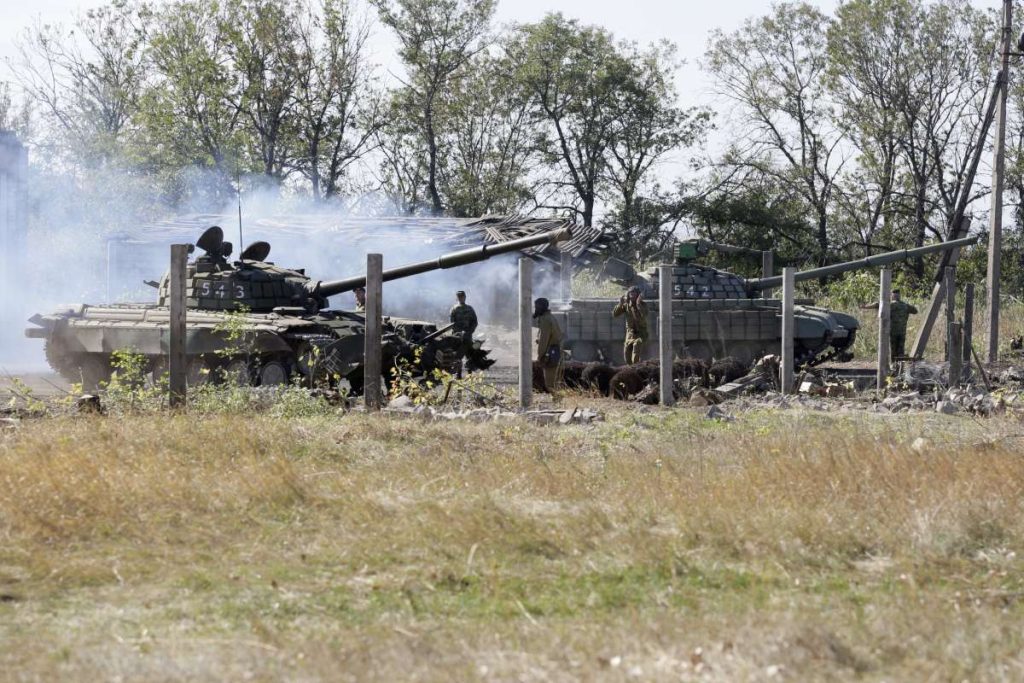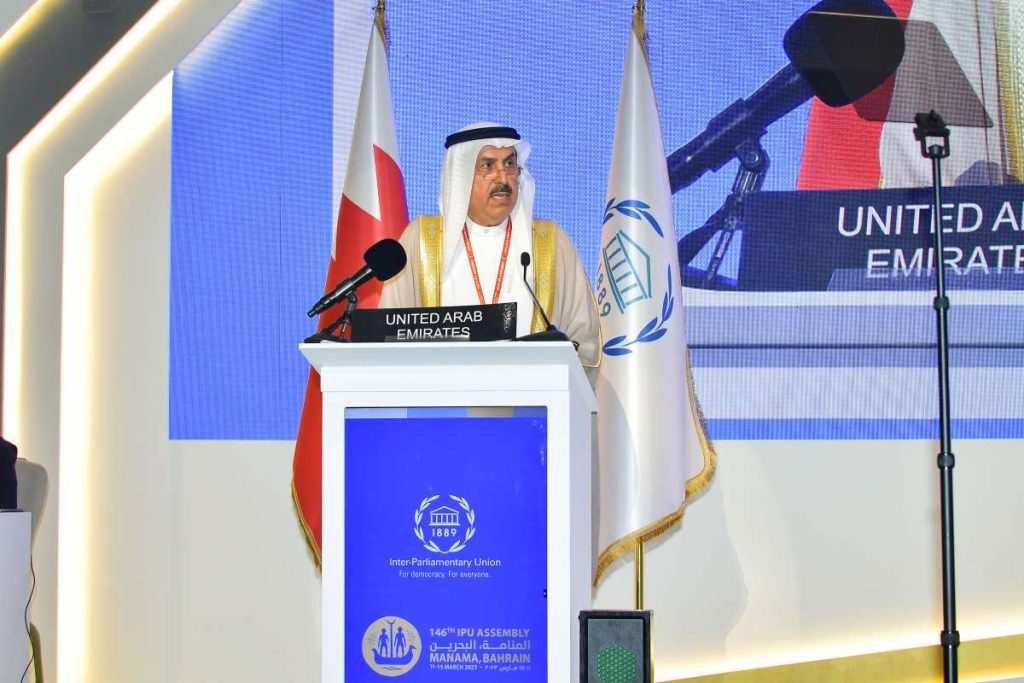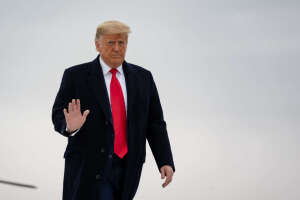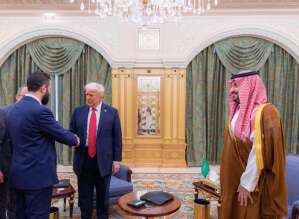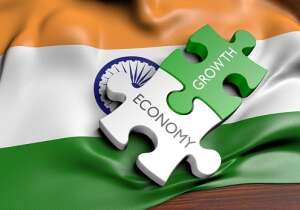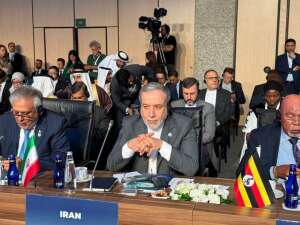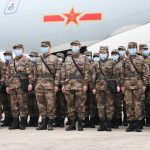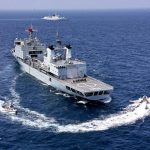The Navy chief pointed out that the rivalry has led to jostling for space in the region, where many external powers want to come in…reports Asian Lite News
Navy chief Admiral R Hari Kumar on Monday raised concerns over growing geo-political power play in the Indo-Pacific, noting that the US-China rivalry in the region is likely to be a “marathon.”
In an address at the Vivekananda International Foundation (VIF) at “Vimarsh on National Security Challenges in the Maritime Domain,” he said, “US-China rivalry is here to stay and it isn’t short spin but it will be a long marathon they are engaged in. It has led inevitably to a naval arms race between the West and China similar to the World War-1 era between the allied and the central powers.” The Navy chief said the US-China rivalry in the region has led to an arms race. “For instance, China has inducted 148 warships in the last 10 years which I would say is perhaps the entire Indian navy size and the process still continues,” he said.
“So this arms race has made our resource-rich region an arena for jostling for influence, markets, resources and energy among others,” added Kumar.
The Navy chief pointed out that the rivalry has led to jostling for space in the region, where many external powers want to come in.
“A large number of countries have come out with their Indo-Pacific strategy and many of them do not belong to the region as well. The Indo-Pacific as a geostrategic reality is also accompanied by the return of great power competition,” he said.
“The simultaneous competition and cooperation accentuate the complexities of security. While much has been said about the ongoing conflict in Europe, the fact is that despite extensive sanctions by the West on Russia most of Europe continues to receive Russian energy which underscores that even during conflicts, it is unlikely that states can be completely devoid of mutual dependencies,” added Kumar.
He also highlighted the significant achievement made by the country in the construction of the ‘Made in India’ INS Vikrant aircraft carrier, saying it had a very high percentage of indigenous equipment including steel which the Defence Research and Development Organisation (DRDO) and local steel companies have developed.
“I feel the maritime character of our nation is now shaping our overall outlook and is probably gaining the recognition that it deserves. The interplay between maritime security and India’s prosperity is becoming probably more clear to the polity, policymakers and the people of India. Thus maritime India is on the rise and the tides of time demand that we grab this opportunity to sail out in these high waters,” added the Navy Chief.
He also pointed out that out of the 43 warships and submarines being constructed by the Navy, 41 are being made in India only. (ANI)
ALSO READ-Navy test fires BrahMos with indigenous seeker and booster

